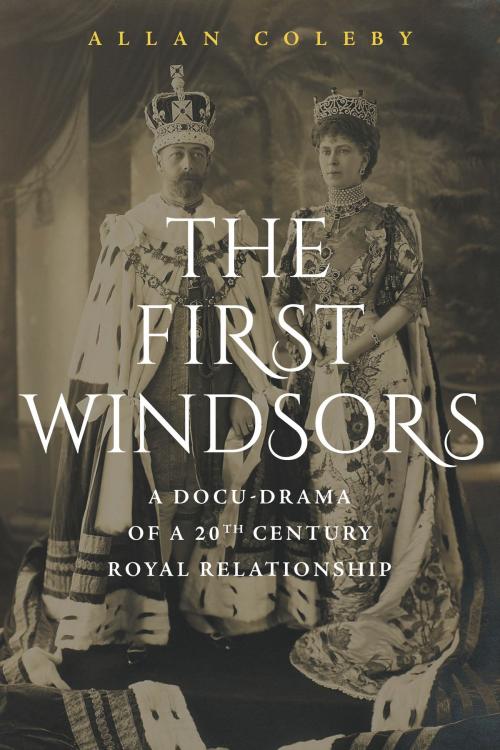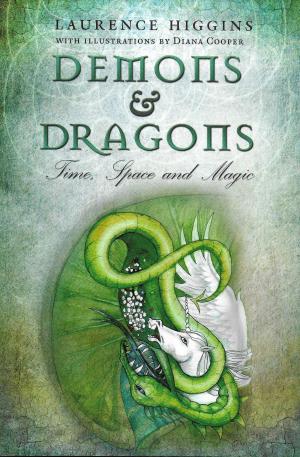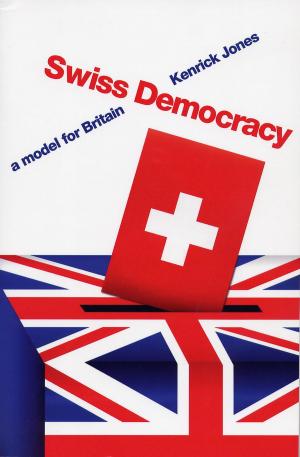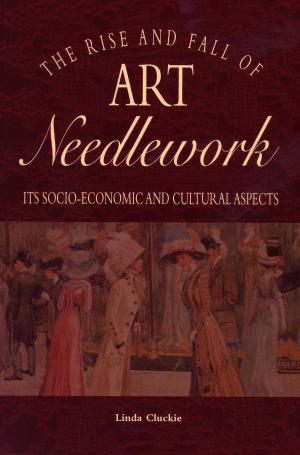The First Windsors
a docu-drama of a 20th century Royal relationship
Fiction & Literature, Historical| Author: | Allan Coleby | ISBN: | 9781911593034 |
| Publisher: | Arena Books | Publication: | January 19, 2017 |
| Imprint: | Arena Books | Language: | English |
| Author: | Allan Coleby |
| ISBN: | 9781911593034 |
| Publisher: | Arena Books |
| Publication: | January 19, 2017 |
| Imprint: | Arena Books |
| Language: | English |
The British monarchy was in a fragile state in 1910. Since the death of Prince Albert in 1861, Queen Victoria had become a recluse, rarely seeing her Ministers. Then, Edward VII sought popularity by restoring glamour to the sovereign, but the people criticised his licentious ways. His heir, Albert Victor, had died of pneumonia, and the new King, George V, had had only naval training.
However, the beautiful Mary of Tech grew to know George at Eastbourne and Sandringham, and a loving, mutually supportive relationship developed. Mary was calm and competent, learning thrift from her warring parents in the 1880s, as they fled to Florence from their creditors. Her placid manner had a soothing effect on George who was socially awkward. She had a quiet strength. When only 18, she had worked with destitute widows and cared for convicts’ children.
During her marriage to George, she showed her versatility by relating to a range of personalities: the aloof and imperious Queen Victoria, the firebrand Trade Unionist Mary MacArthur, the egotistical Queen Alexandra, the energetic Maud, Queen of Norway, and the glamorous Princess Victoria Louise and her father, the haughty and aggressive Kaiser Wilhelm II. But her priority was always to be loyal to George, supporting everything he did.
In the war, they worked tirelessly to raise the population’s morale, and George showed immense courage by visiting the carnage of the Front three times, sustaining serious injury. His tastes were plain and simple: he grew vegetables at Buckingham Palace, turned off the heating, rationed the staff and banned wine at meals. Politically, he powerfully argued the need for a monarch: one person to give continuity through the changes of Governments, and stability by being separate from and above party politics.
George and Mary complemented each other, each driving their own worlds. They needed each other, and together they steered the nation through the gravest peril to national survival.
The British monarchy was in a fragile state in 1910. Since the death of Prince Albert in 1861, Queen Victoria had become a recluse, rarely seeing her Ministers. Then, Edward VII sought popularity by restoring glamour to the sovereign, but the people criticised his licentious ways. His heir, Albert Victor, had died of pneumonia, and the new King, George V, had had only naval training.
However, the beautiful Mary of Tech grew to know George at Eastbourne and Sandringham, and a loving, mutually supportive relationship developed. Mary was calm and competent, learning thrift from her warring parents in the 1880s, as they fled to Florence from their creditors. Her placid manner had a soothing effect on George who was socially awkward. She had a quiet strength. When only 18, she had worked with destitute widows and cared for convicts’ children.
During her marriage to George, she showed her versatility by relating to a range of personalities: the aloof and imperious Queen Victoria, the firebrand Trade Unionist Mary MacArthur, the egotistical Queen Alexandra, the energetic Maud, Queen of Norway, and the glamorous Princess Victoria Louise and her father, the haughty and aggressive Kaiser Wilhelm II. But her priority was always to be loyal to George, supporting everything he did.
In the war, they worked tirelessly to raise the population’s morale, and George showed immense courage by visiting the carnage of the Front three times, sustaining serious injury. His tastes were plain and simple: he grew vegetables at Buckingham Palace, turned off the heating, rationed the staff and banned wine at meals. Politically, he powerfully argued the need for a monarch: one person to give continuity through the changes of Governments, and stability by being separate from and above party politics.
George and Mary complemented each other, each driving their own worlds. They needed each other, and together they steered the nation through the gravest peril to national survival.















